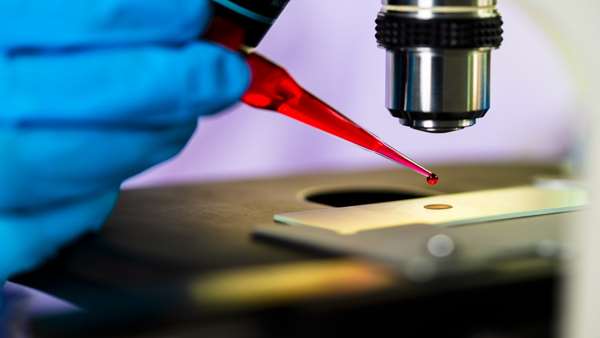Two new discoveries have been made by stem cell scientists to treat cancer and reduce the time it takes for people to recover.
The first study is the discovery of a protein expressed by blood stem cells that helps identify and treat cells.
Blood stem cells are found in small amounts in the bone marrow and peripheral blood, and produce immune cells that have been the focus of scientists. In the treatment of people with leukemia and lymphoma.
One of the challenges of this approach; Because hematopoietic stem cells make up about 0.01 percent of bone marrow and peripheral blood, when they are injected into people, they receive a small amount of therapeutic stem cells along with many non-therapeutic cells.
To perform this study in the chute laboratory, bone marrow cells were extracted from adult mice and the samples were examined using a device. Like hematopoietic stem cells, they play a role in producing stem cells that are less toxic and more efficient. Mice proliferated as stem cells expressing 2_syndecan were injected into mice.
The second discovery is a mechanism by chute that blood vessels in stem cells respond to the damage of chemotherapy and radiation therapy because in chemotherapy and radiation therapy their blood count is greatly reduced.
During this procedure, when the mice are exposed to radiation therapy, the cells that line the inner walls of the blood vessels in the bone marrow produce the protein semaphorin A3, which plays a role in ordering the neuropilin 1 protein, which destroys damaged blood vessels.
When the connection between the two proteins is blocked during this procedure, the bone vessels regenerate and the blood count will increase dramatically after one week.
According to Chute, this mechanism controls how blood vessels regenerate after injury. Inhibition of this mechanism causes the rapid recovery of blood vessels and blood cells in the bone marrow after chemotherapy or radiation therapy.
https://www.sciencedaily.com/releases/2022/01/220125162426.htm




ارسال به دوستان